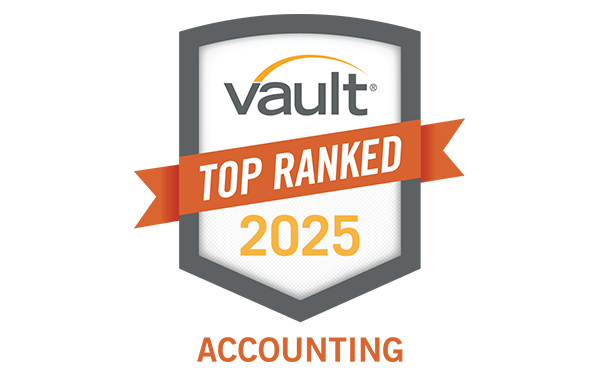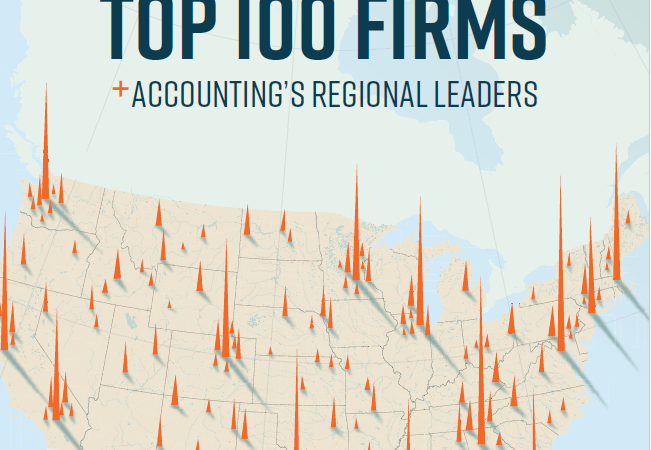In March 2017, the Financial Accounting Standards Board (FASB) issued Accounting Standards Update, 2017-07, Compensation – Retirement: Improving the Presentation of Net Periodic Pension Cost and Net Periodic Postretirement Benefit Cost. FASB issued the standard in response to its continued quest to improve transparency and usefulness of financial statements for users. The standard applies to all types of employer sponsoring organizations including not-for-profit organizations and applies to both pension benefits as well as other postretirement benefits.
The components of net periodic pension cost and net periodic postretirement benefit cost are service cost, interest cost, actual return on plan assets (if any), gain or loss, amortization of prior credit, and amortization of the transition asset or obligation existing at the date of initial adoption of reporting. These components remain unchanged but the reporting of them has changed.
Currently, defined benefit cost is shown as a net amount in the income statement or is capitalized as part of an asset, such as inventory. Under the new standard, the service cost component of net periodic pension cost and net periodic postretirement benefit cost will be reported in the same line item in the income statement as other benefit costs provided to employees. The service cost component will still be eligible for capitalization under the new standard. The remaining components of the net periodic pension cost and net periodic postretirement benefit cost will be reported separately from the service cost component in the income statement. If the remaining components are reported together on a single line item (net) in other income/expense within the income statement, then the detail of the individual components must be disclosed in a footnote to the financial statements.
For non-public entities, the new standard is effective for annual periods beginning after December 15, 2018 and interim periods beginning after December 15, 2019. Early implementation is permitted. In the year of adoption, the nature and reason for the change in accounting principle must be disclosed. Retroactive application is required when adopted.
If you have any questions or would like to discuss further, please contact us to speak with one of our experts.
Written By: Jacqueline M. Dunn, CPA | Partner




